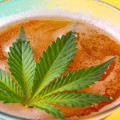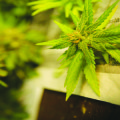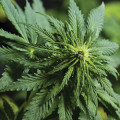Eating weed is nothing new. Humans have been ingesting cannabis-infused food for millennia: from the ancient Indian preparation of bhang through the hashish eaters mentioned in 1001 Nights, on to the magic brownies whipped up by the totally baked bakers of the 1960s and the high-octane confections that medical marijuana patients have come to know since the passage of California’s Compassionate Care Act in 1996.
However, with the recent legalization of recreational pot in the United States, edibles are taking innovative new shapes. San Jose’s cannabis dispensaries offer far more than your grandmother’s space cakes. At any given moment, the discerning dabbler may find ganja-laced gummy bears and mints; tinctures containing various ratios of THC to CBD; dank drinks; and oils for dropping into tea or incorporating into home recipes.
For the novice, all this choice might be a bit confusing and overwhelming. And no one likes being confused and overwhelmed—especially when it comes to cannabis dosing. So we reached out to some of our friendly neighborhood pot professionals to get up to speed on edibles.
Don’t Trip
Sarah Krishnamachari, CEO of Purple Lotus, says she and her staff are eager to help new customers understand how to ease into edibles—which have a double-edged reputation. On the one hand, many new cannabis users see eating pot as a healthier and more familiar option. Then again, stories abound about newbies getting uncomfortably high.
“We’re really big on educating,” Krishnamachari says. “Everyone who comes through that door and purchases edibles—we make sure that we educate them.”
Krishnamachari says Purple Lotus has seen an increase in customers seeking edible cannabis products. Before Proposition 64 went into effect at the beginning of this year, she estimates that edibles accounted for about 3.5 percent of Purple Lotus’ sales. Now, she says cannabis treats make up about 7 percent.
It’s a trend Rosie Rothrock has also seen at her collective. “We’ve seen a big percentage increase of people seeking edibles,” says Rothrock, vice president of branding and marketing at Caliva.
She attributes the rise in edible sales to people new to pot as well as those who have smoked in the past and enjoyed it, but don’t feel comfortable using marijuana accessories or simply don’t want to inhale smoke or vapor of any kind.
How High
When it comes to fears that consuming edibles will lead to a bad trip, both Krishnamachari and Rothrock say new state regulations on maximum dosages should put their customers’ minds at ease—well, some of their customers anyway.
For long-standing medical marijuana patients with a high tolerance for cannabis, the new caps on per-edible THC dosage mean that many will have to consume more to get the same effect. This may prove cost-prohibitive for some, Rothrock admits, while others will not want to have to consume multiple cookies to get the same dose a single treat once gave them.
But for those just getting acquainted—or reacquainted—with cannabis, she says customers should be reassured by the fact that these new regulations are working to create more consistency across the market. In other words, consumers are less likely to accidentally bite off more than they can chew.
Head Change
For those who are comfortable smoking reefer, but aren’t as accustomed to edibles, now might be the right time to dig in. In addition to the increased consistency of dosage that comes with new regulations, the testing standards required by Proposition 64 mean that the legal pot customer can really dial in the perfect dose—especially with an edible.
“It’s going to feel a little more psychoactive,” says Rothrock, noting that ingesting cooked cannabis results in the active ingredients travelling through the liver where they are metabolized in a different way than if they were smoked. And while people often report a more intense body high, the “head high” is often less intense.
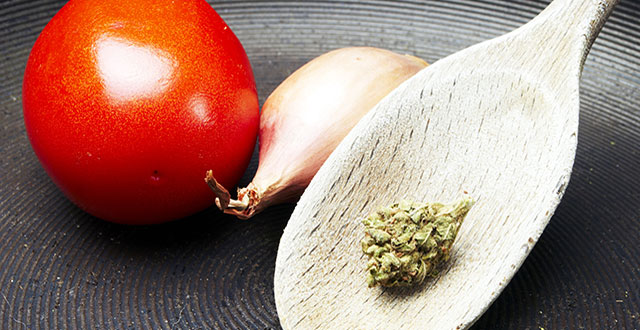
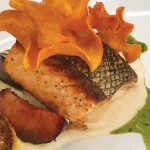 The Water Buffalo-Fueled Morsey's Farmhouse is a Bit Rich
The Water Buffalo-Fueled Morsey's Farmhouse is a Bit Rich 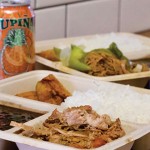 Five to Watch: April
Five to Watch: April 